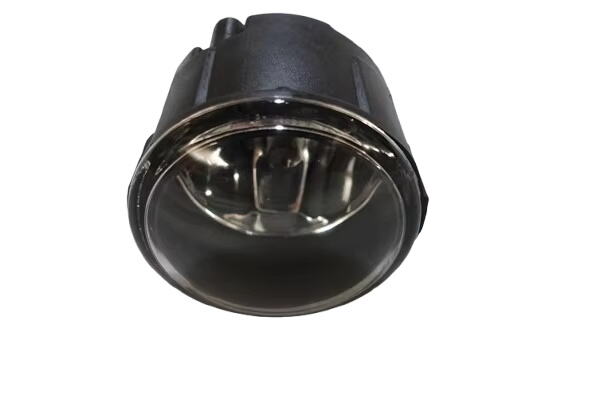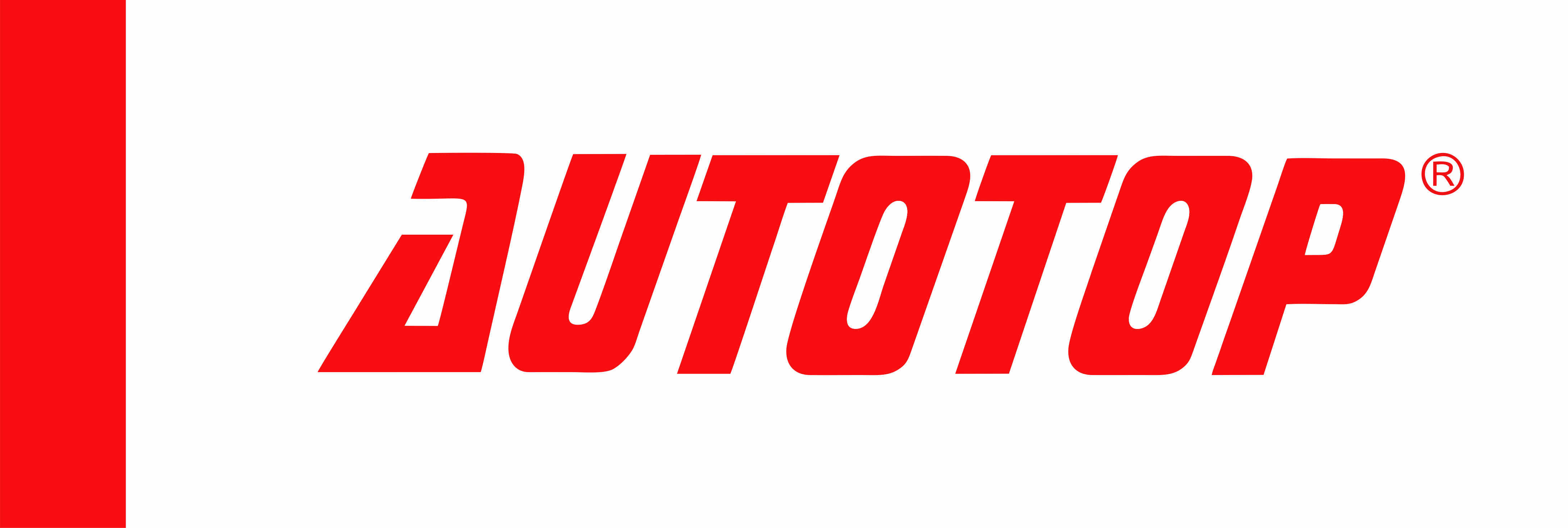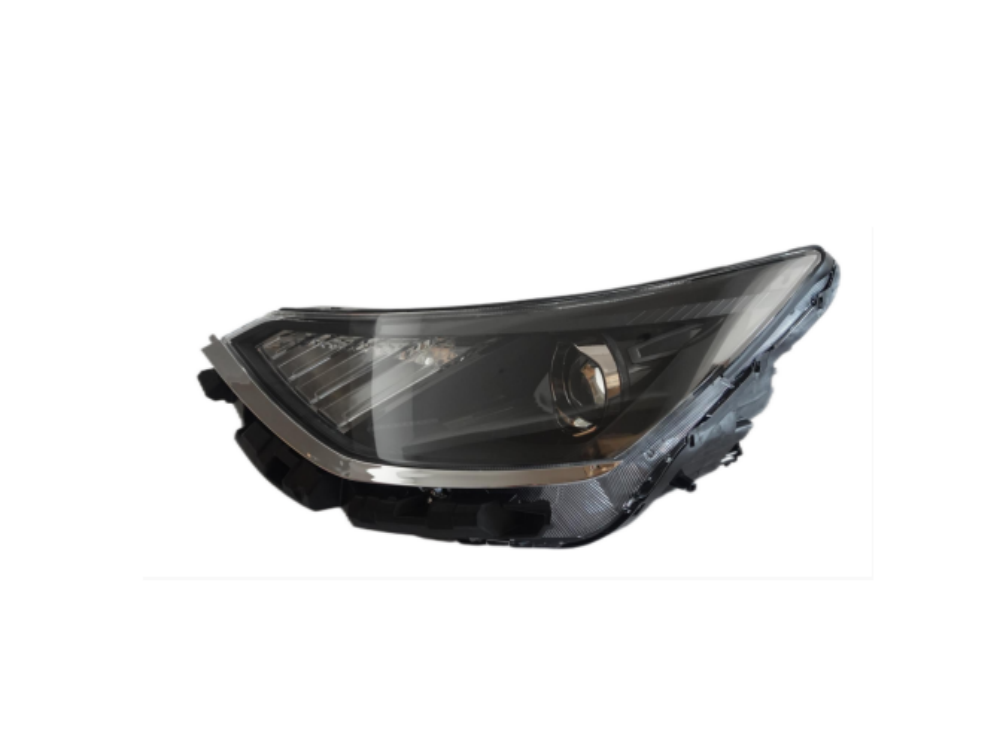Praestissima Directio ad Seligendum Perfectum Posterioris Automobilis Praesidii
Quando agitur de vehiculo tuo protegendo dum eius pulchritudo servatur, electio iusti paraurti posterioris est crucialis. Paraurtum posterius munus praestat tam tutelae quam ornatus, itaque unum ex praecipuis partibus exterioribus vehiculi tui est. Sive paraurtum laesum substituas sive protectionem meliorem quaeras, intellectus principiorum selectionis paraurti posterioris certum faciet ut rationem habeas quae formam et functionem optime conciliet.
De Materialibus et Fabricatione Munimenti Posterioris
Optiones Parabri Ferrei
Ferrum posteriorem Paraurtium aureum standardum firmitatis et protectionis repraesentant. Haec robusta instrumenta saepe e ferro excelsae qualitatis construuntur quod examinationibus plenissimis ad resistentiam ictus subicitur. Hodierni formae paraurtorum ferialium rationem ducunt technicas manufacturarum progressas quae pondus minuunt dum integritas structurae manet. Processus pulveris concretionis in paraurtis ferreis usurpatus diuturnam protectionem adversus rubiginem et corrosionem praebet, eosque ad varias conditiones atmosphaerae idoneos reddit.
Substituta ex Aluminio
Fasciae posteriores e alluminio offerunt optimam rationem inter levitatem et protectionem. Haec fasciae maxime gratissimae sunt apud eos qui vehiculi sui aequationem conservationis viriis optant, dum protectionem posteriorem meliorem quaerunt. Proprietates corrosioni resistentes alluminii eum praestantem electionem efficiunt in regionibus maritimis vel locis ubi hiemes asperae sunt. Quamquam leviore ferro, fasciae e alluminio notabilem vim praebent et figuris complexis effingi possunt, quae tum pulchritudinem tum utilitatem augent.
Materiae compositae et plasticae
Parachoques posterioria ex compositis et plasticis modernis multum processerunt quantum ad robur et speciem. Haec materiae excellentem flexibilitatem et absorptionem ictus offerunt, eosque ideales reddunt ad usum in locis urbanis ubi ictus minores frequentes sunt. Mixturae polimerarum progressae quae in constructione para-choquens posteriorium hodiernarum utuntur, resistentiam UV et stabilitatem coloris praebent, ita ut forma para-choquens tua diu maneat. Multi fabricantes nunc plastes fortificatos incorporant qui protectionem parem cum materialibus traditionalibus offerunt ad mensem partem ponderis.

Formae Dispositionis Quae Momenti Sunt
Integratio cum Lineis Vehicle
Pulchritudo esthetica paraugae posterioris ultra quam merae speciei extenditur; designo totius vehiculi convenire debet. Hodierni formae paraugae respiciunt lineas corporis vehiculi, curvas et angulos subtiliter complectentes quae originalem stilum augent. Integratio sensorum parking, camerae retrovisonis, et aliarum technologiarum haud grata esse debet, ut functio pulchritudoque serventur. Considera quomodo diversae finitiones texturaeque vel designant vel subtiliter miscentur cum elementis iam existentibus vehiculi tui.
Elementa Functionalia et Accessoria
Hodie plerique posteriores paraurtii complura elementa functionalia includunt quae eorum utilitatem augent. Instructio graduum internorum, compatibilitas cum iuncturis trahendis et loci recuperandi sunt additiones communes quae valde possunt augere versatilitatem paraurtii. Aliqua designata lucem LED integratam includunt ad visibilitatem et tutitudinem meliorem durante nocturno stationamento vel onerando. Locus et descriptio horum elementorum functionalium diligenter considerari debent, ut neque facultas protectoria paraurtii minuatur nec species aesthetica.
Cogitationes de Instillatione et Comparabilitate
Systemata Montionis et Instrumenta
Systema montandi paraurti posterioris praecipuum munus agit in eius actu et durabilitate. Munimenta montandi excelsae qualitatis, inclusis pernibus gradus 8 et armillis roboratis, aequaliter pondus distribuunt et firmam adiunctionem garant. Processus installationis servare debet zonas fracturales fabricae et systemata salutis, quod considerationem accuratam punctorum montandi et formae armillarum requirit. In quibusdam systematibus paraurti posterioris subtilioribus sunt positiones montandi regulabiles, ut perfecta cum diversis constitutionibus vehiculorum adaptatio obtineatur.
Requisita Vehiculo-Specifica
Diversa vehicula variis rebus ad installocationem paraurtis posterioris egent, inter quae certa schemata montionis et spatia expetuntur. Considera factores ut accessum ad rotae deorsum, ductus exhaustiones et loca sensorum, dum paraurtum posteriorem seligis. Aliqua vehicula fortassis modificationes additivas vel adaptoria requirunt, ut certis dispositions paraurtis satisfiat. Haec quae requiruntur antequam emas intellegere potest problemata compatibilitatis prohibere et installocationem rectam confirmare.
Mantentia et Curatio Diūtina
Tutela Superficii et Purificatio
Conservare speciem et functionem paraurti posterioris requirit curam regularem protectionis superficiei. Diversa materiae speciales purgandi rationes exigunt — paraurti e ferro periodica ceratione iuvantur, dum aluminii fortasse diluents speciales requirentur ad finitionem servandam. Inspectio regularis integritatis tectorum et correctio celeris cuiuslibet damni ad corrosionem prohibendam et speciem conservandam auxiliatur. Pensa applicationem tectorum protectorum additivorum pro conditionibus in mediis extremis vel usu gravi.
Monitoratio Perficiendi
Inspectio regularis punctorum fixationis paraurti posterioris et integritatis structurae protectionem et operationem continuatam garant. Quaere signa pressionis vel motus in locis fixationis, praesertim post usum extra vias vel leves ictus. Serva torquem rectum in omnibus nexibus et inspice nexus aut iuncturas pro signis quibuscumque fatigationis. Detectio primitiva potentialium problematum graviora impedire potest et vitam operativam paraurti extendit.
Saepe Interrogata Quaestiones
Quanto exspectem impensum esse in posteriorem paraurtium qualitatis?
Posteriores paraurtii qualitatis saepe inter $500 et $2000 variare solent, secundum materiales, complexitatem designis et inclusas functiones. Peraurtia ex stanno propter materiam et facturam costas altiores plerumque exigunt, dum optiones compositae magis ad vectigal accommodatae esse possunt. Considera valorem diuturnum et protectionem praestitam potius quam solam impensam primam.
An installatio paraurtii posterioris extrinseci (aftermarket) obligationem vehiculi mei rescindet?
Installatio paraurtii posterioris extrinseci (aftermarket) nonnullam totam obligationem vehiculi rescindere solet. Tamen mutationes quae damnum causant vel systemata vehiculi afficiunt coperturam obligationis in componentibus coniunctis afficere possunt. Semper productos recte certificatos et installationem professionalem elige ut solicitationes de obligatione minuantur.
Quomodo novus paraurtus posteriorem actu vehiculi influit?
Impactus in praestantiam vehiculi variat secundum pondus et formam paraurtii. Quanquam graviores paraurtii ex ferro leviter afficere possunt aequitatem usus et manubrium, hodiernae formae minimizant hos effectus per rationem reductionis ponderis et considerationes aerodynamicas. Multi vectores ducunt protectionem additam et utilitatem praeponderare levibus mutationibus praestantiae.
Possumne paraurtium posteriorem mihi ipse imponere?
Quamquam installatio per factorem est possibilis mechanicis expertis, installatio professionalis pro pluribus mutationibus paraurtorum posteriorum commendatur. Recta directio, normae torque, et integratio cum systematibus vehiculi scientiam et instrumenta speciales requirunt. Installatio professionalis optimam tuitam et praestantiam confirmat, dum damna potentialia durante processo praestat.


